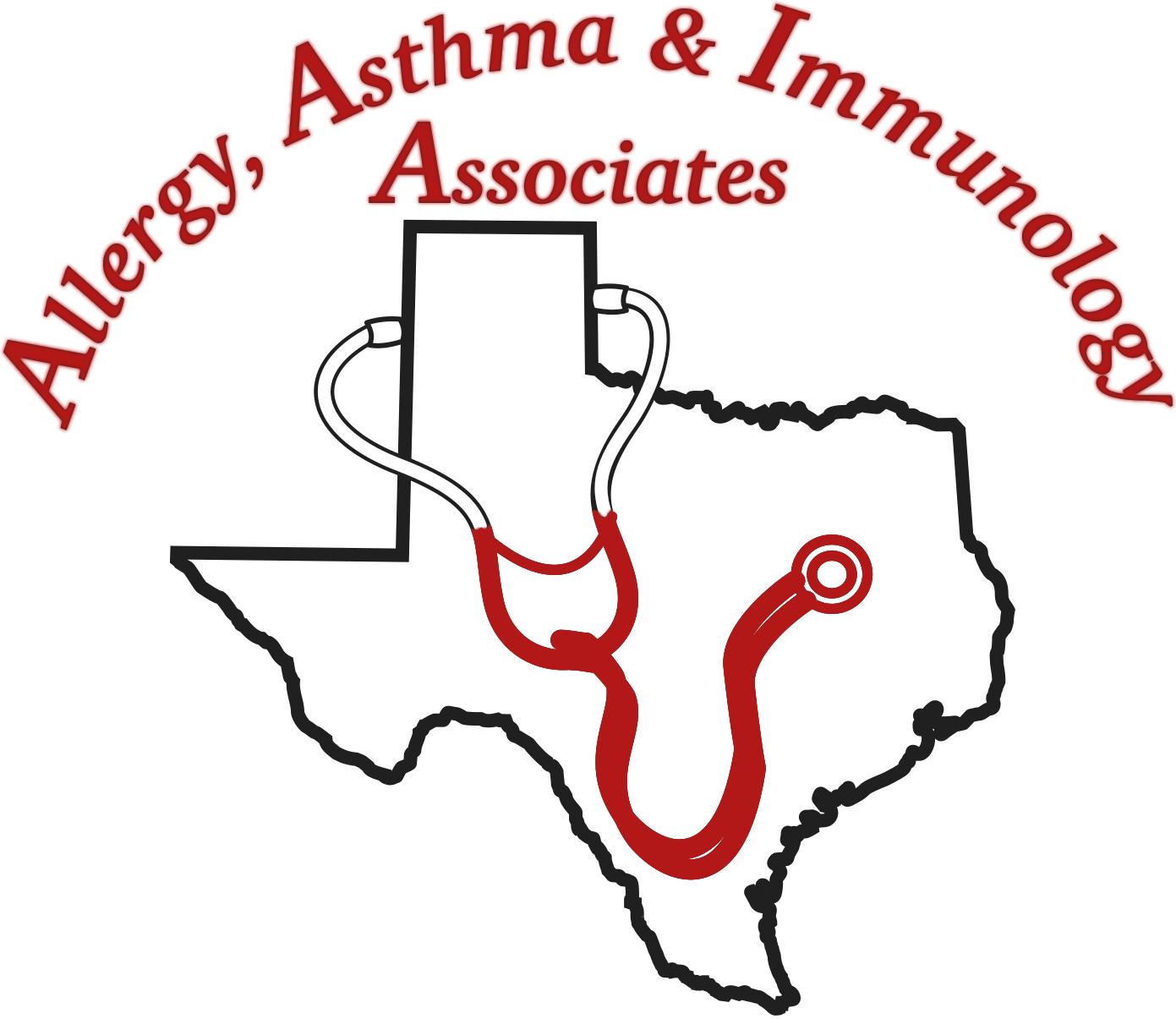Food Allergy Symptoms
Studies suggest that food allergies affect as many as 15 million Americans. Food allergy reactions can cause a variety of symptoms that range from mild to severe, including anaphylaxis, a serious reaction that is rapid in onset and may cause death. These reactions can be the result of the immune system producing an antibody, Immunoglobulin E (or IgE) to a certain food, or the result of a non-IgE reaction, which is cell-mediated. Some examples of non-IgE reactions include milk or soy intolerances, celiac disease, Food Protein Induced Enterocolitis (FPIES), and eosinophilic disorders.
Virtually any food can cause an adverse reaction, though eight foods (egg, milk, peanut, tree nuts, fish, shellfish, wheat, and soy) account for approximately 90 percent of all reactions.
Symptoms can involve the skin, gastrointestinal, cardiovascular, and/or respiratory tracts. Mild symptoms can include an itchy mouth, isolated hives, or mild nausea or discomfort.
More severe food allergy symptoms include:
Epinephrine is the first-line treatment for anaphylaxis. Other medications, such as antihistamine and corticosteroids, may be prescribed to treat symptoms of a food allergy, but it is important to note that there is no substitute for epinephrine – this is the only medication that can reverse the life-threatening symptoms of anaphylaxis.
Symptoms of a food allergy typically occur within the first few minutes following ingestion of the food allergen, though in some cases, the reaction may be delayed by 4 to 6 hours, or even longer if the reaction is not IgE-mediated (i.e., FPIES).
Certain symptoms can point to a particular type of reaction – symptoms such as itchy mouth and throat that could signal Oral Allergy Syndrome (OAS), which occurs in individuals who have hay fever and eat certain raw fruits or vegetables that cross-react with pollens.
Delayed (two to eight hours) allergic reactions to certain foods such as milk and soy among infants and young children could be related to FPIES, a reaction typically characterized by vomiting and diarrhea.
Some mild food related symptoms may be caused by food intolerance rather than an allergic reaction. If you have a reaction to what you believe is a food, consult with your allergist for a diagnosis and to determine a treatment and management plan.
Credit: American College of Allergy, Asthma & Immunology


